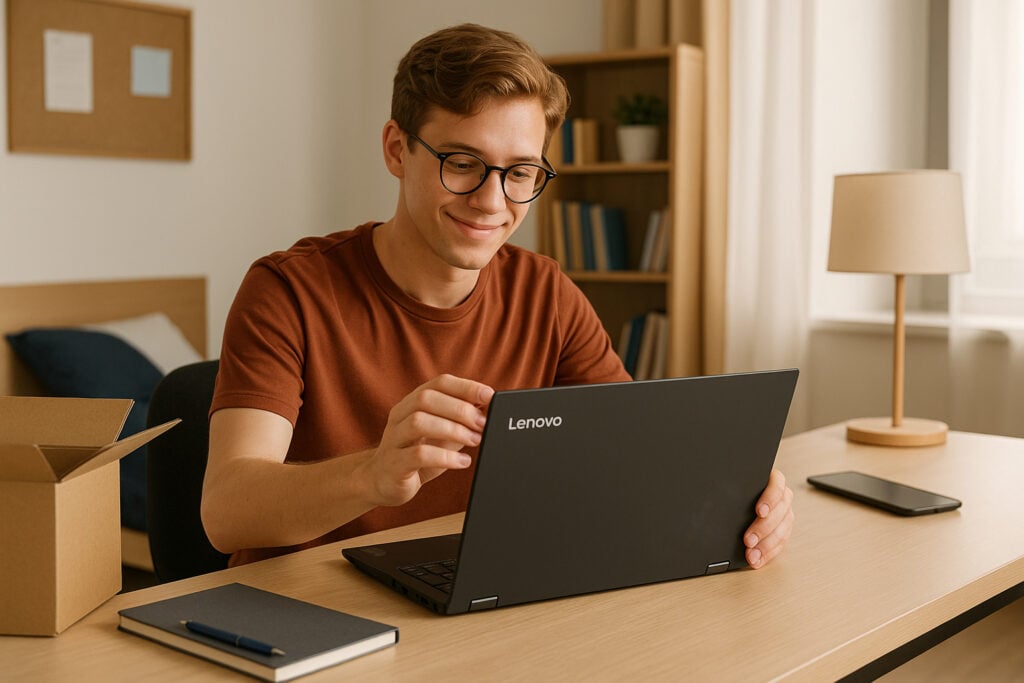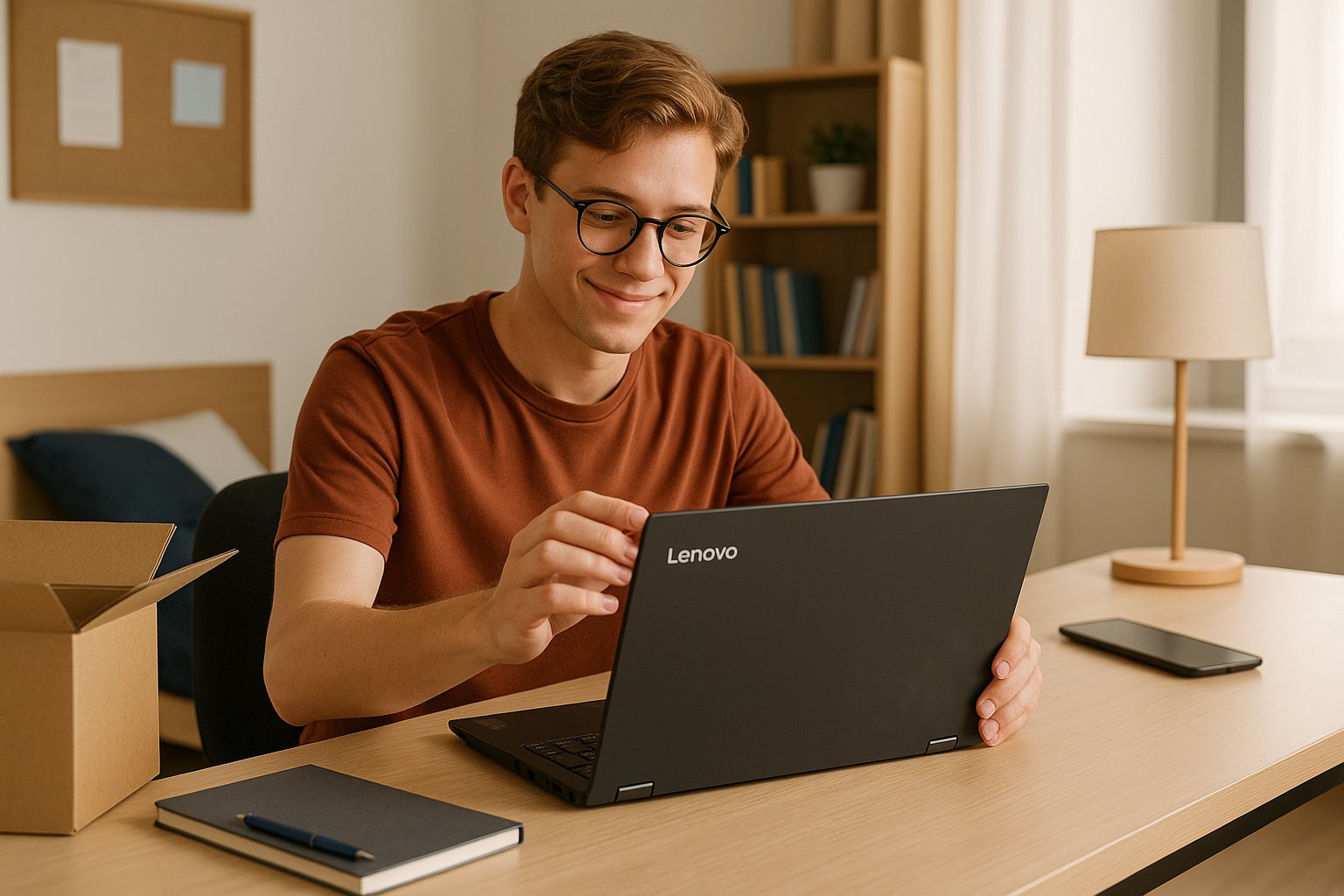
Lenovo is starting its fiscal year with a major win, delivering record-breaking PC sales and claiming dominance in the AI PC space. For the first quarter of its 2025/26 fiscal year, the company reported $18.8 billion in revenue, which is 22 percent higher than the same period last year. Profit came in at $505 million, more than double the figure from a year ago.
The standout performer was Lenovo’s PC and smart devices division. It posted its fastest growth in 15 quarters and secured a record 24.6 percent global market share. More than 30 percent of Lenovo’s PCs shipped in the quarter were AI PCs, giving it the top position in the Windows AI PC segment with a 31 percent market share. This leadership is an important talking point for Lenovo as it continues to market AI features as a key reason for buyers to upgrade.
In Lenovo’s view, an AI PC is a laptop or desktop with dedicated AI processing hardware such as a neural processing unit. These chips are designed to run AI-driven tasks locally instead of relying on cloud services. Possible uses include real-time transcription, AI-assisted creative tools, and security features like on-device threat detection. Critics question whether consumers are actually using these AI features or if they are simply purchasing new hardware because it carries the AI label.
Lenovo’s approach is clearly connecting with buyers for now. High-margin premium models helped lift profitability, and the company’s hybrid AI strategy is designed to link personal AI devices with enterprise AI infrastructure. This allows Lenovo to push its AI message across multiple product categories.
The company’s mobile business is also performing well. Motorola, which Lenovo owns, has gained momentum thanks to the success of its Razr foldable smartphones. Outside of China, Motorola now controls more than 50 percent of the market for flip-and-fold devices, overtaking rivals in a category that was once dominated by Samsung and Huawei.
Lenovo’s Infrastructure Solutions Group reported a strong quarter as well, with revenue rising 36 percent from a year earlier. AI infrastructure sales more than doubled. Demand for Lenovo’s liquid cooling solutions rose by 30 percent as data centers look for ways to improve efficiency while handling increasingly heavy AI workloads.
Globally, the PC market has been working to recover after a pandemic-era sales surge followed by a sharp downturn in 2022 and 2023. While industry shipments are stabilizing, growth has been uneven. Lenovo’s record quarter puts it ahead of competitors like HP and Dell in terms of market share, but the company still faces pressure from global economic uncertainty, changing consumer demand, and political tensions.
The question is whether the AI PC surge can be maintained. If buyers start to see AI features as essential productivity tools rather than marketing extras, Lenovo could benefit from a long upgrade cycle. If interest fades, the company may have to adjust its strategy just as the industry did after other short-lived trends such as 3D laptops and netbooks.
For now, Lenovo’s supply chain flexibility, worldwide manufacturing presence, and aggressive product positioning have given it an advantage in both traditional PCs and AI-enabled devices. The next few quarters will reveal whether that lead becomes a lasting strength or proves to be a temporary spike in demand.


